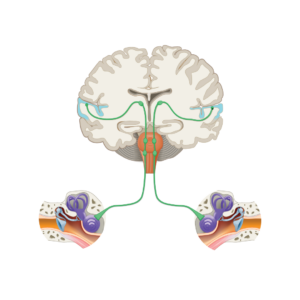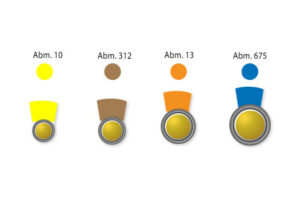Structure of the Ear
The human ear is an astonishingly complex organ that plays a vital role in hearing and maintaining balance. It is divided into three main sections: the outer ear, the middle ear, and the inner ear. Each section has specialized functions that work together to enable hearing and balance.
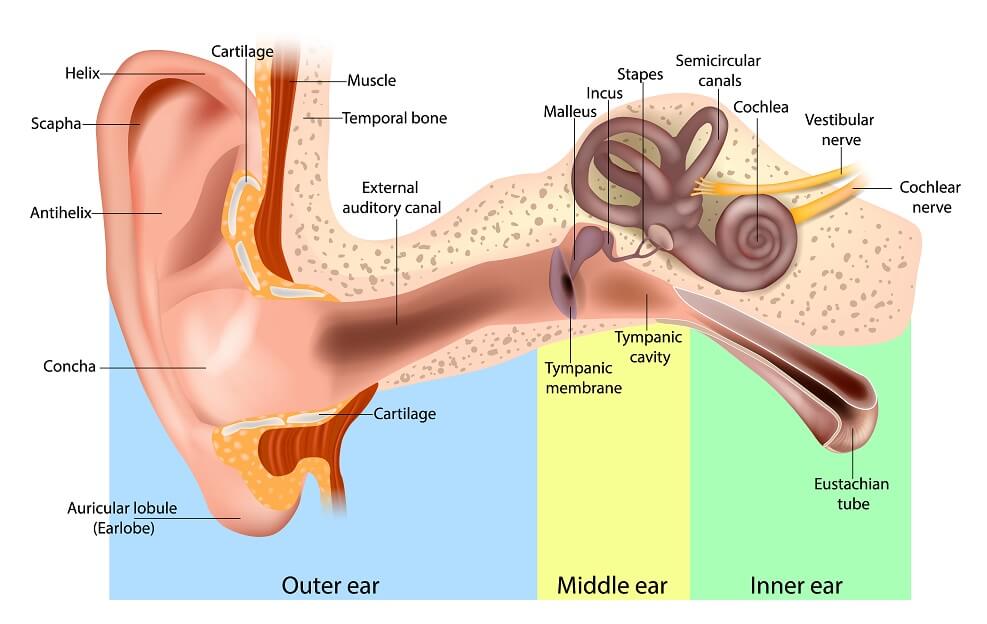

Outer Ear
The outer ear comprises the pinna (auricle) and the external auditory canal. The pinna collects sound waves from the environment and helps us localize sounds. The auditory canal channels these sound waves inward, naturally amplifying key frequencies that are essential for speech comprehension. Additionally, earwax (cerumen) plays a crucial role in maintaining ear hygiene by removing dust, water, and debris from the ear canal. Contrary to popular belief, earwax is essential for the ear’s health.
Middle Ear
The middle ear contains an air-filled cavity called the tympanic cavity, housing the three tiny bones known as the ossicles: the malleus (hammer), incus (anvil), and stapes (stirrup). The malleus, which is connected to the eardrum, transmits sound vibrations to the incus and then to the stapes. The stapes passes these vibrations to the oval window, a membrane separating the middle ear from the inner ear.
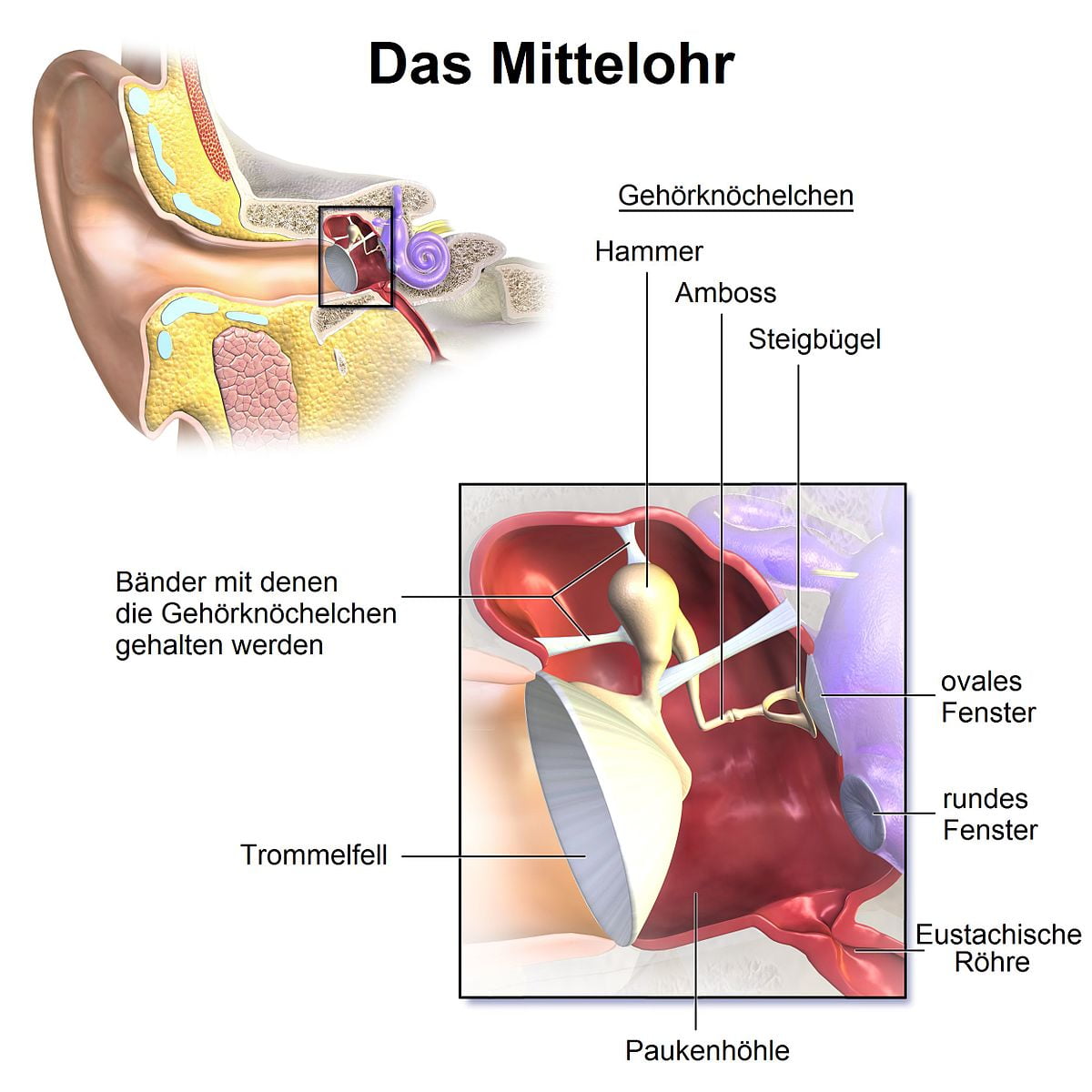
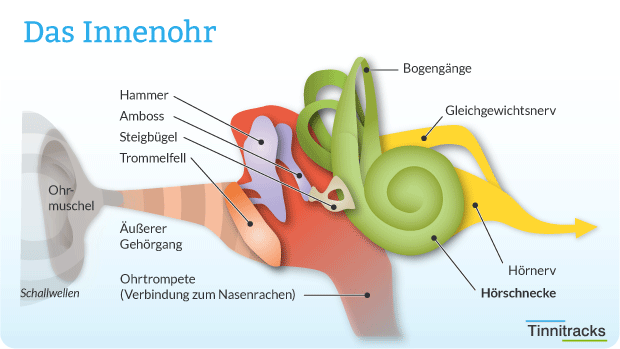
Inner Ear
The inner ear comprises the cochlea and the vestibular system (balance organ).
The cochlea converts sound waves into electrical signals. Inside the cochlea are tiny hair cells that respond to the movement of fluid within the cochlea. These hair cells send electrical impulses to the brain via the auditory nerve, where they are interpreted as sound.
The balance organ consists of the semicircular canals and the vestibule. These structures work together to maintain balance and spatial orientation. Each semicircular canal contains fluid and sensory hair cells that detect the fluid’s movement and relay this information to the brain to help coordinate balance.

